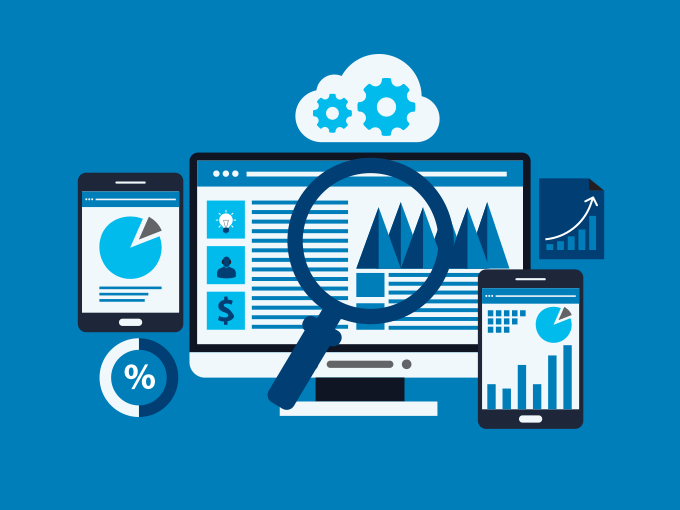There’s no question that financial institutions (FIs)are facing pressures the COVID-19 pandemic has highlighted. The markets are unpredictable and volatile. Federal regulations are complex, tough to navigate, and ever-shifting. Account holders’ needs are growing and changing. These aren’t new pressures, though. These elements have been around before (remember 2007-2008?) and they won’t disappear when the pandemic ends.
Traditionally, FIs have been built on foundations of stability and predictability. Historically, it’s a formula that has worked well. But the playing field has changed, and success increasingly requires agile operations that give banks and credit unions the ability to pivot quickly and keep account holders and their institutions protected.
Turning data into action
How can banks adapt and stay relevant in the new normal? One important strategy lies in using data more effectively to produce beneficial results.
Doing business by “feel,” isn’t an option anymore. As digital engagement increases, it’s imperative to leverage data to grow and deepen relationships in the digital channel. Luckily, more information than ever before is available to FIs now. Those that determine how to apply that data quickly, and at scale, are that ones that will succeed.
Data alone is not a problem for FIs. In fact, many may feel as though they’re drowning in customer data. It’s knowing what to do with all that information that’s the tricky part. A 2017 headline in The Economist read “The world’s more valuable resource is no longer oil, but data.” Both data and oil are worthless if you don’t know how to use them.
Data that doesn’t lead to some sort of action, is just a raw, untapped commodity—like oil that doesn’t get converted into fuel. To bring this analogy closer to home—it’s like a report issued at the end of the month that tells FI staff what went wrong over the previous 30 days without suggesting strategies to change conditions.
Transformation, one small chunk at a time
In the new normal, FIs need to transform the way they approach account holder interactions, including sales. To do that, timely data must guide FI’s actions. It’s an essential resource for monitoring outcomes actively and providing better guidance for the next action.
By looking at this transformation from the traditional FI point of view, this may seem like a massive undertaking. Some FIs may feel they need to complete a big data cleanup first or move into a committee for deliberation. The better approach is for an FI to tackle this in small chunks, learning as they go and making tweaks based on their results and changes they see in the landscape.
Start Spinning the Flywheel
The key to this measured approach is in iteration. Each time an FI uses data to take an action, it then must gather the results, analyze them, and apply their learnings to the next action. Practiced continually, each cycle results in improved data and clearer results. It can be likened to a flywheel that spins increasingly faster with each rotation.
Fortunately, the kinds of technology needed to unlock the potential of their data and start spinning that flywheel is available now. FIs can use these tools to move forward in a controlled fashion that doesn’t overwhelm the resources at hand or trigger any governance or internal audit alarms.
Unlike a massive overhaul, this repeated process doesn’t place excessive strain on resources. Over time, these small chunks of effort lead to larger, foundational changes that benefit account holders and FIs alike.
Additional resources
For helpful resources that highlight the importance of data in the modern marketplace, visit the Q2 PrecisionLender blog.
To learn more about “Using Data to Get Ahead in the New Normal,” register to attend the free virtual Q2 CONNECT 20 event on Thursday, May 21.




